ILLINOIS — A high-profile Second Amendment case out of the Southern District of Illinois is drawing national attention after the U.S. Department of Justice (DOJ) filed a brief in support of Judge Stephen Patrick McGlynn’s legal reasoning that could impact the state’s controversial assault weapons ban.
Judge McGlynn’s opinion, written in response to multiple consolidated lawsuits challenging the Protect Illinois Communities Act (PICA), asserts that certain firearms and attachments currently banned under the law may fall within the protections of the Second Amendment — if they are in common use and not considered “dangerous and unusual.”
Key Ruling Language Cites ‘Lethal Capability’ and Self-Defense Rights
The judge’s words have been widely shared across both legal and political circles, especially this line:
“The life and death stakes mandate that their firearms have both lethal capabilities and give, at a minimum, our citizens a fighting chance.”
Judge McGlynn’s statement appears in his opinion from the lead consolidated case (No. 3:23-cv-209-SPM), where plaintiffs argued that PICA unconstitutionally restricts their right to own firearms commonly used for self-defense or recreation.
He emphasized that if plaintiffs can prove their firearms meet the standard of lawful use and are not dangerous or unusual, then the state’s ban could be ruled unconstitutional under Second Amendment precedent.
Map Shows Split Enforcement Across Illinois
A graphic shared online highlights the fragmented enforcement landscape, with McGlynn’s district in southern Illinois showing non-enforcement or opposition to PICA — contrasting with more aggressive enforcement in northern districts.
The map underscores growing tension between different regions of Illinois, particularly when it comes to how gun laws are interpreted and applied depending on judicial jurisdiction.
DOJ Support Adds Weight to Legal Challenge
The DOJ’s brief in support does not resolve the constitutional question itself but affirms the legal reasoning that McGlynn used — especially his interpretation of firearm commonality and lawful purpose.
Legal analysts believe this could strengthen appeals challenging the statewide assault weapons ban, as DOJ recognition may influence future federal litigation or even U.S. Supreme Court attention.
McGlynn wrote that if firearms, attachments, or magazines “are in common use for any lawful purpose and are not otherwise dangerous or unusual,” they may not be constitutionally banned.
What’s Next in the Case?
The cases consolidated before Judge McGlynn are expected to move into further evidentiary hearings or appeals, especially if the state of Illinois continues to defend PICA’s constitutionality.
Gov. J.B. Pritzker has not yet issued a public statement on the DOJ brief or on whether the state will adjust enforcement strategies pending federal review.
How should Illinois handle differing court rulings on gun rights?
Voice your opinion on Second Amendment rights and state law enforcement at ChicagoSuburbanFamily.com — where your voice counts in our policy debates.



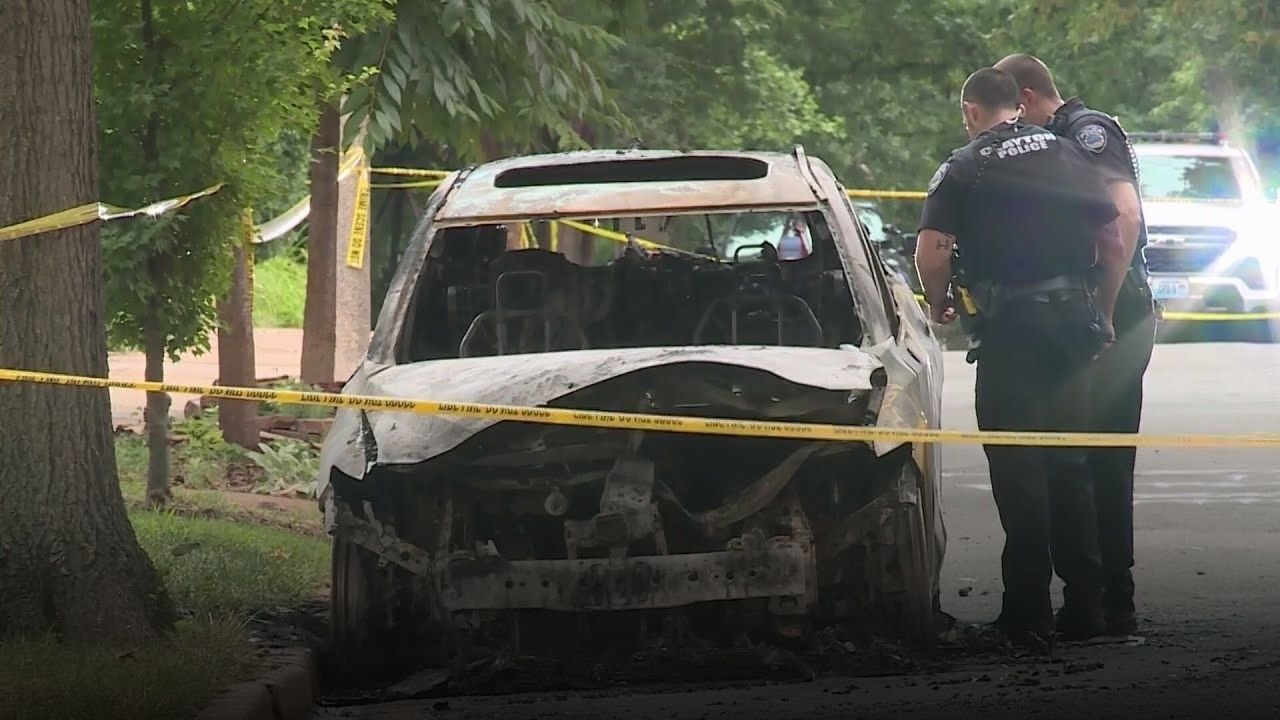
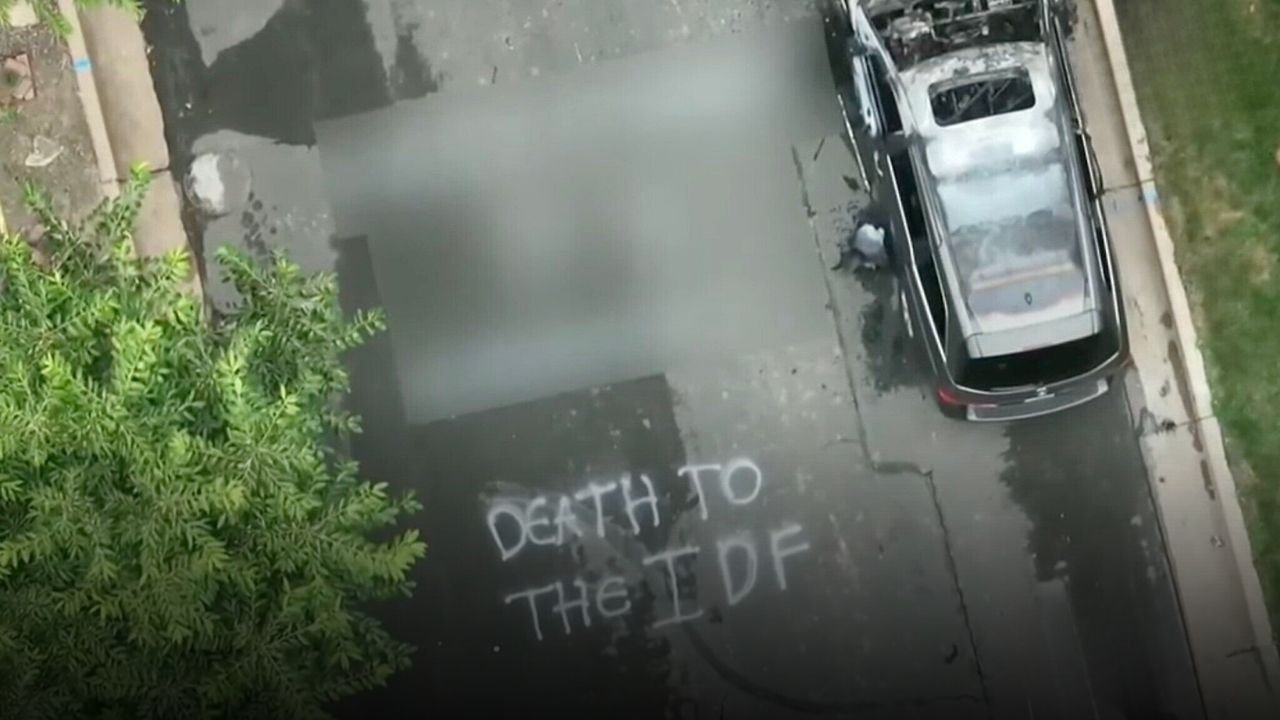


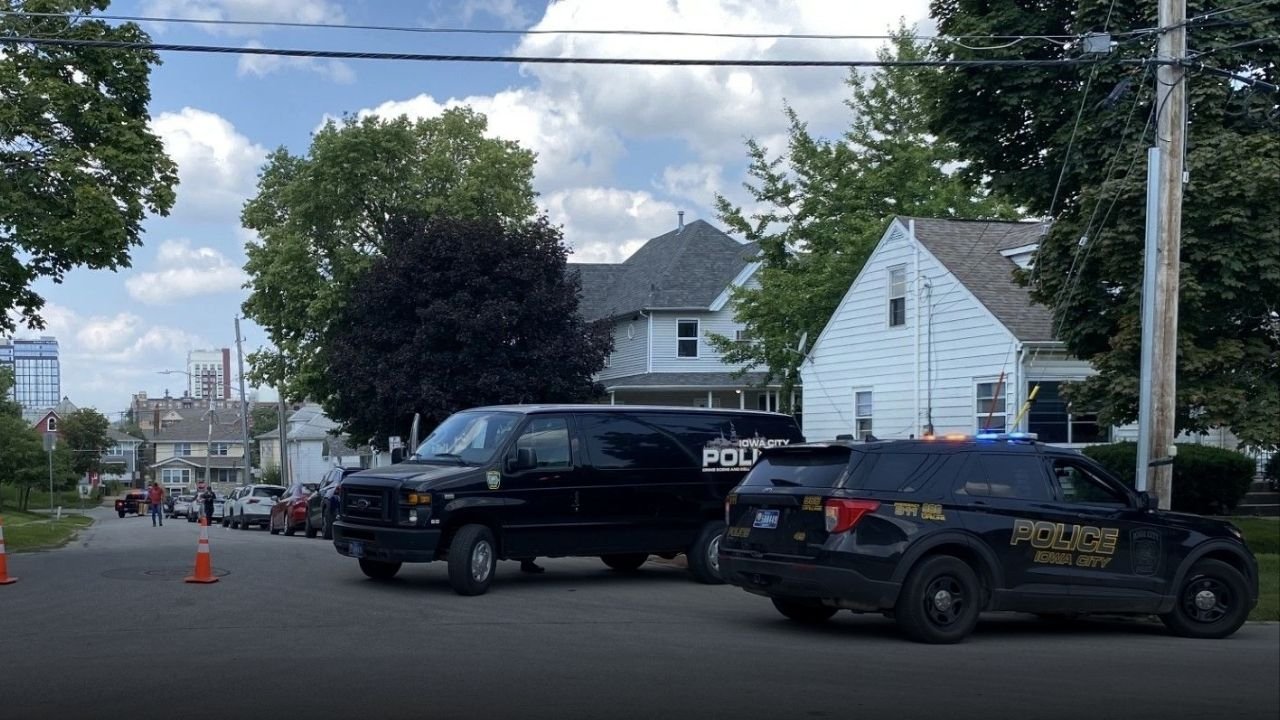
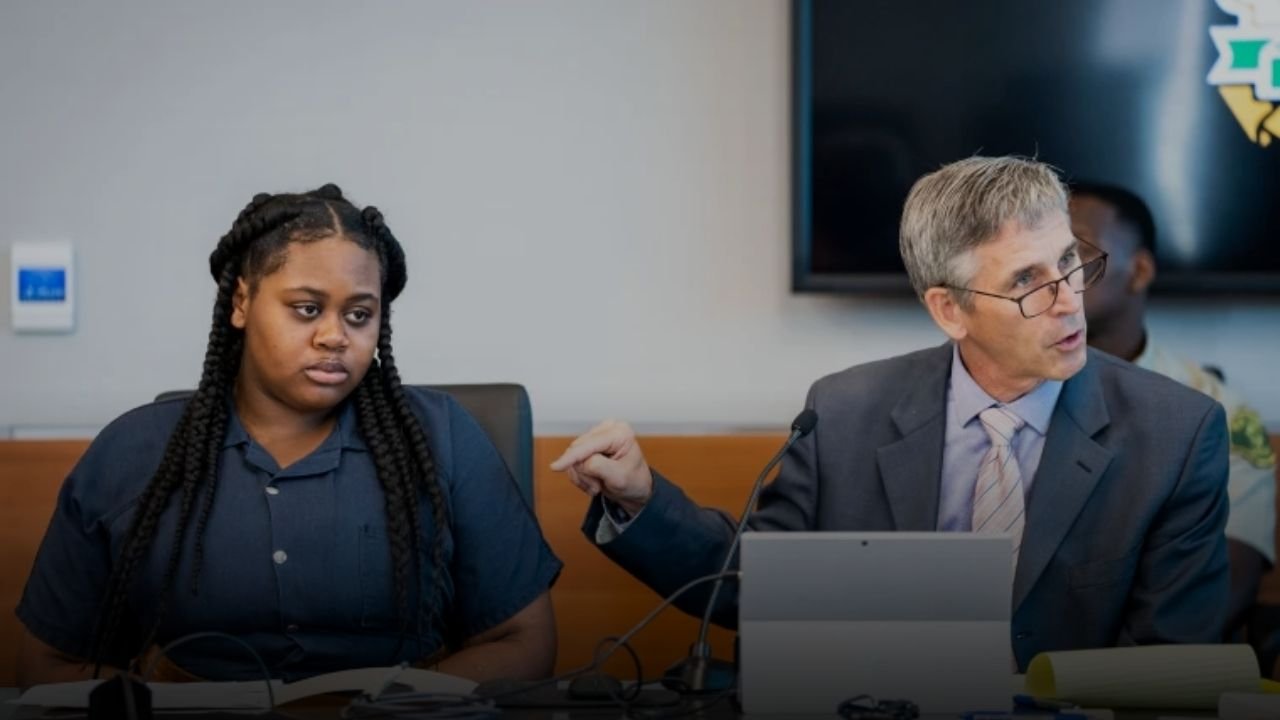



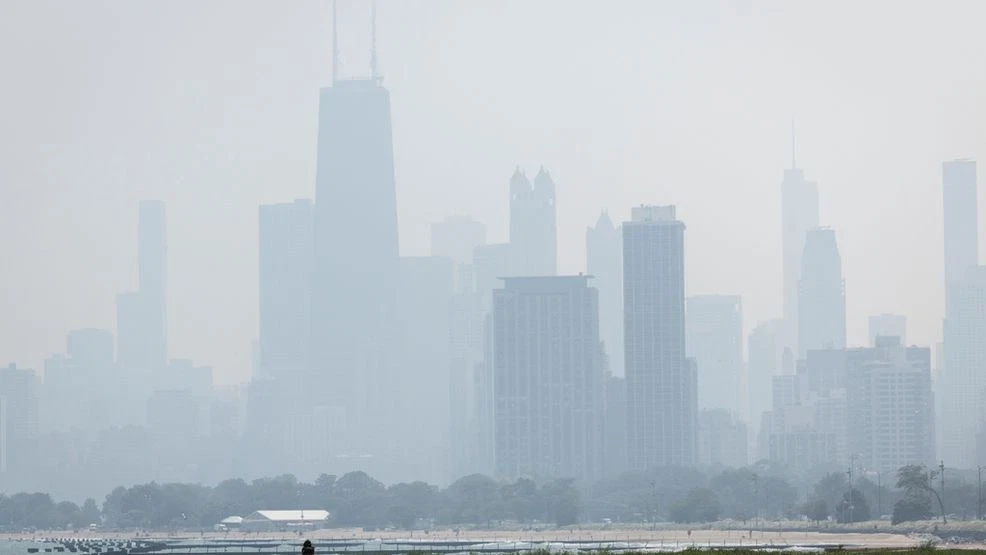
The 2nd Amendment has long been interpreted by some as protecting civilian access to powerful firearms for service in a well-regulated militia. Historical context suggests the right was designed to ensure citizens could defend against threats. This deserves thoughtful debate.